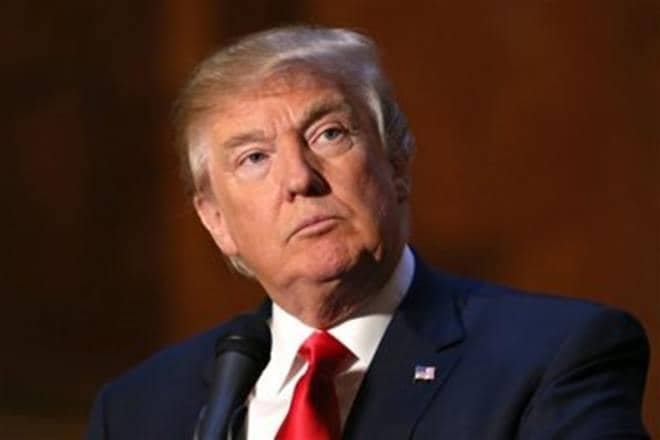Taking the ongoing war of words between two nations to the next level, Donald Trump led US administration on Friday imposed $34 billion worth of tariffs on Chinese goods. From today, the US has started imposing tariffs on as much as 25 percent on $34 billion in Chinese imports, as announced earlier. Reacting on the latest development, Beijing said it would promptly strike back with higher duties on equal amount of the US exports. Donald Trump told reporters on Thursday that he may also consider imposing additional tariffs of $500 billion on Chinese goods, if Beijing retaliates.
In March, American President Donald Trump announced import duties of 25 per cent and 10 per cent on steel and aluminium respectively. The move came under attack from the European Union. It followed up on 3 April with US under Donald Trump announcing a list of 1,300 Chinese exports which the country plans to hit with 25 percent tariffs. The imposition of tariffs was planned to punish Beijing for restricting US investment in China. The US also accused China of stealing American intellectual property. The combined tariffs were in the range of about $50 billion worth of Chinese exports.
The other day, China reacted listing down its plans to counter the US decision by hitting the American exports with 25 percent tariffs. The proposed package targeted over 100 US-made products, including cars, airplanes, and soybeans, the top US agricultural export to China, covering $50 billion worth of US exports.
Soon Trump retaliated by directing his administration to identify tariffs on an additional $100 billion worth of goods, triggering a potential trade war.
Impact on India
Several countries, including India, have warned the US at the WTO on Tuesday not to impose unilateral trade measures.
“Levy hitting China’s import, could dent exports, a space that India could potentially fill to meet the demands from other countries. But in the long term, a full-fledged trade war is bad news,” Anil Sasi wrote in The Indian Express.
“We are pretty bearish (on the rupee) at this moment, given all the circumstances combined. Not only high oil prices but also the trade war that has been taking off,” Hugo Erken, senior economist at Rabobank had told Reuters earlier. “So, although India has a large internal market, and I still think the Indian recovery will last, the external pressure is really building at the moment. This is not good for the Indian currency,” he added.
“India is obviously one of those countries with higher exposure to commodities, especially oil imports, dragging the current account to a deeper stretch going forward and this is basically negative for INR,” Reuters reported citing Prakash Sakpal, economist at ING on trade war.


